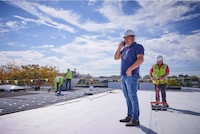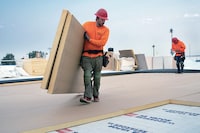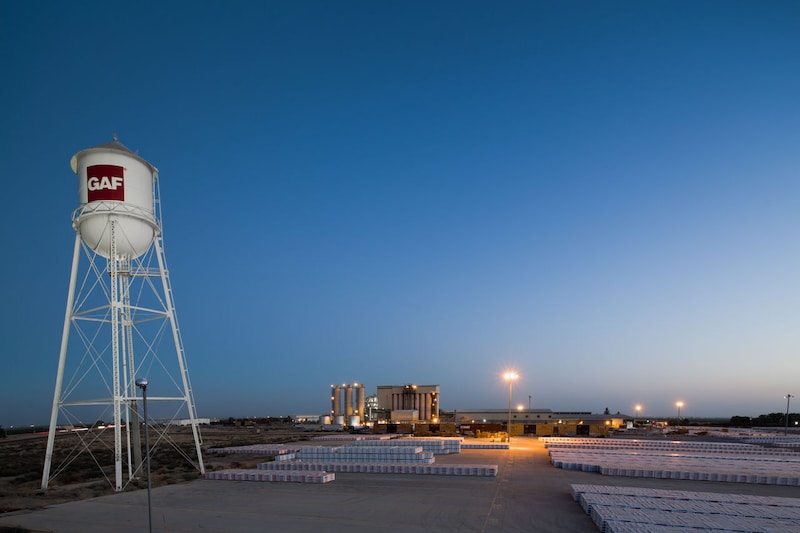

-
 Building Science
Building ScienceGAF and the Design Community: Bridging the Gap with the Designer's Collective
GAF continues to improve its services to meet customers' needs. This includes thinking more and more about the challenges that designers face and how the company can help offer solutions. As a result, the design community can turn to GAF for comprehensive support from day one of their commercial projects.
February 14, 2023
-
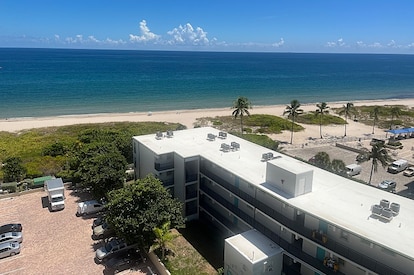 Building Science
Building SciencePrevailing Winds and Prevailing Codes: A Summary of Roof Related ASCE 7-22 Changes
Several changes have been included in the 2022 version of ASCE 7 as they relate to the roof. You may be thinking, 'as soon as I mastered ASCE 7-16, an updated version is set to be released!'. As with any Standard, it can be expected that updates will be made to include current research or trends. While the inclusion of tornado loads and the resulting changes in the load combinations may be the most significant, there are other updates that affect roofing as well. From minor updates to basic wind speed maps, to stepped roofs, and pavers, we have compiled a summary to help you navigate the updates. Not to fret, the changes are likely to not be incorporated until the 2024 version of IBC. However, that does not preclude incorporating these changes on current and upcoming projects.
September 07, 2022
-
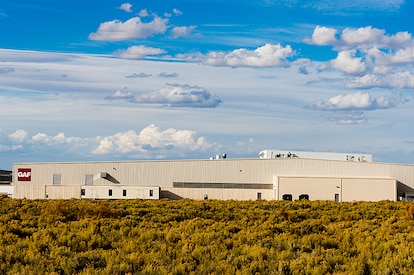 Building Science
Building ScienceHow will ASCE 7-16 affect the low-slope roofing industry? A Tale of Two Buildings
A common question being asked in the roofing industry is whether or not the 2016 version of ASCE 7 is going to increase the design wind pressures acting on a building. The answer is "yes" in many cases. So, the follow up question is "by how much?" And, that leads to the next question, "how much more capacity will roof systems be required to have when wind design follows ASCE 7-16?"
February 15, 2021
-
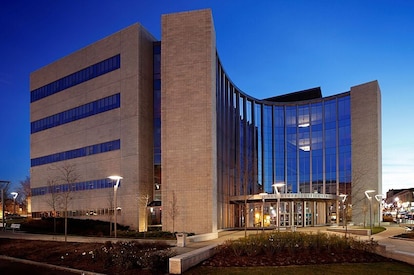 Building Science
Building ScienceThe Physics of Thermal Inertia in Low-Slope Roof Design
What are the key material properties? In a previous article the use of thermal inertia to slow down heat flux through a roof assembly was discussed. In buildings where air conditioning costs dominate and heating use is relatively low, higher thermal inertia assemblies can potentially improve energy efficiency. This is particularly the case of buildings such as offices that are only occupied during daylight hours. Thermal inertia could delay the transmission of heat into a building towards the end of the day, increasing thermal comfort and allowing facility managers to reduce cooling during the day.
January 13, 2021
